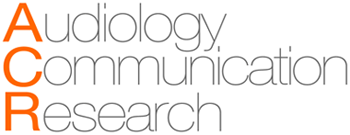ABSTRACT
Introduction The bite force is influenced by the occlusal condition. In children with posterior crossbite the results are controversial.
Purpose To investigate the influence of posterior crossbite in maximal isometric bite force (MIBF) in children with mixed dentition.
Methods In this cross-sectional study, 32 children participated, 21 of them belonging to the posterior cross-bite group (10 girls and 11 boys, mean age 9.2 years) and 11 to the control group (6 girls, 5 boys, mean age 9.3 years). The children were evaluated by an orthodontist for occlusal diagnosis and characterization of the groups, by otorhinolaryngologists for evaluation of respiratory symptoms and by a speech therapist to identify the clinical and MIBF myofunctional orofacial condition. The dynamometer was placed in the molar region and the children were instructed to bite it as hard as possible three times alternately. For data analysis, Student’s t-test for independent samples was used. The level of significance was set at 5%.
Results While comparing the groups crossbite vs. control, there was no significantly difference; also, among only children belonging to the crossbite group, there was no difference between the sides (crossed bite vs. Noncrossed one).
Conclusion The presence of posterior crossbite did not influence the maximal isometric bite force in children with mixed dentition.

 Bite force in children with posterior crossbite
Bite force in children with posterior crossbite
